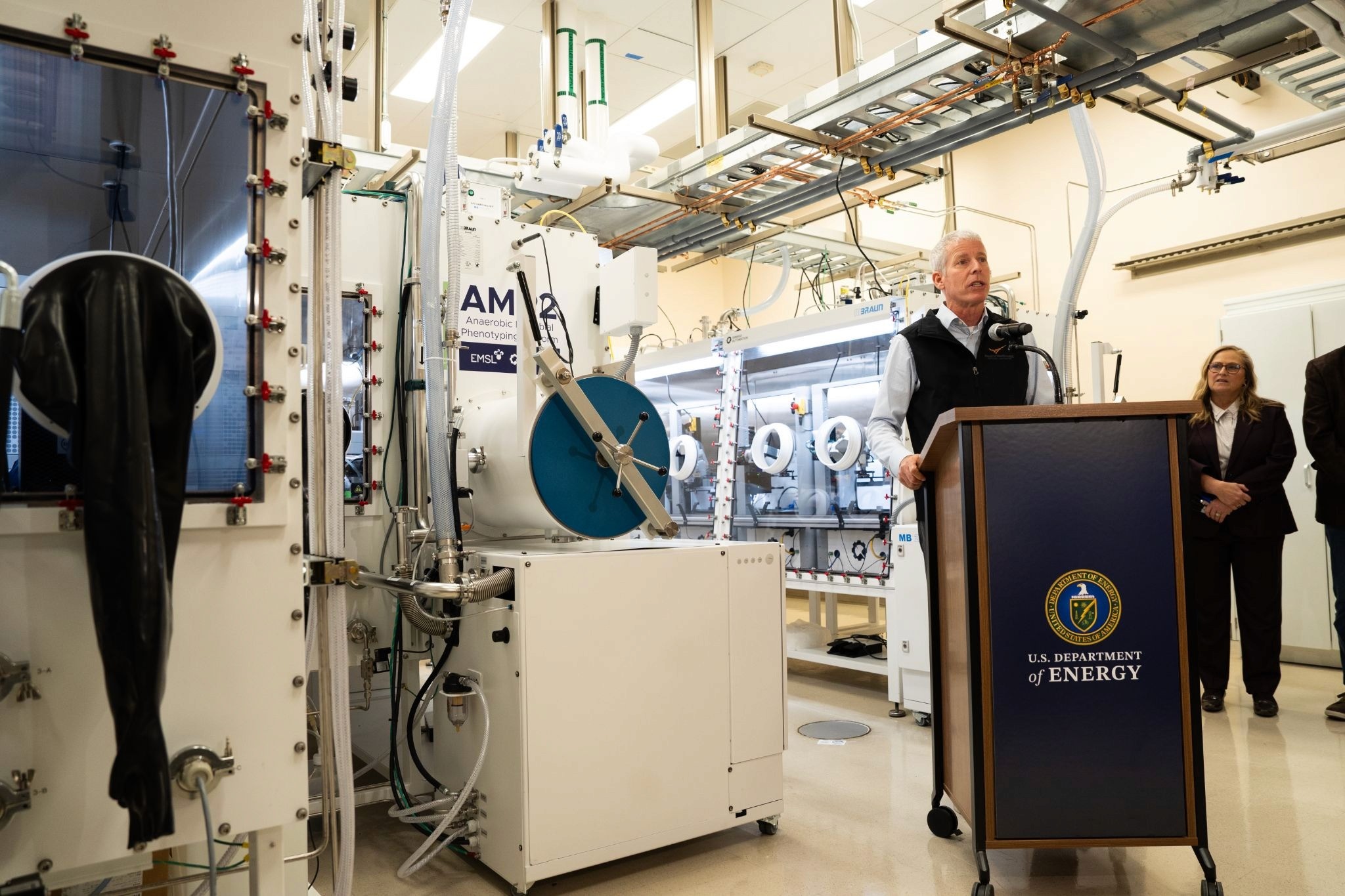Biohybrid Brilliance: Crafting Quick-Charging, Eco-Friendly Batteries
Pioneering the next wave of energy innovation, a Chinese research team unveils a rapid-charging hybrid battery that seamlessly marries electrochemical processes with microbial fuel cells, heralding a future of eco-friendly, efficient energy solutions
Oct 31, 2023
AI Image Created Using DALL-E 3
Pioneering the next wave of energy innovation, a Chinese research team unveils a rapid-charging hybrid battery that seamlessly marries electrochemical processes with microbial fuel cells, heralding a future of eco-friendly, efficient energy solutions
In an innovative leap forward, a Chinese research team has spearheaded the development of a groundbreaking hybrid battery system, interweaving the electrochemical creation of formic acid from carbon dioxide with a microbial fuel cell. This blend, a compelling convergence of chemistry and biology, demonstrates remarkable potential as a quick-charging energy storehouse, with intriguing applications such as monitoring drinking water toxicity, among other future possibilities. Findings from the new study were published recently in Angewandte Chemie International Edition.
In the explorative realms of microbial fuel cells, bacteria play a pivotal role, acting as tiny power generators that convert energy-rich molecules into electrical energy. Such a process opens up a frontier where biological mechanisms dovetail with energy production. However, these purely microbial batteries are entangled with challenges, primarily their slow and inefficient charging processes.

Yong Jiang and his team, based at the Agriculture and Forestry University in Fuzhou, China, steered their research toward coupling inorganic electrochemical processes with microbial fuel cells. Their pioneering approach saw the crafting of a two-stage hybrid battery system that adeptly navigates the pitfalls commonly associated with fully microbial batteries. Their creative synergy cultivated an environment where biological activities merge seamlessly with mechanical functionalities.
“In this study, incorporating the latest advancements in microbial electrochemistry and electrochemical CO2 reduction, a super-fast charging biohybrid battery was introduced by using pure formic acid as an energy carrier. CO2 electrolyzer with a slim-catholyte layer and a solid electrolyte layer was built, which made it possible to use affordable anion exchange membranes and electrocatalysts that are readily accessible,” the authors wrote. “The biohybrid battery only required a 3-minute charging to accomplish an astounding 25-hour discharging phase. In the power-to-formate-to-bioelectricity process, bioconversion played a vital role in restricting both the overall Faradaic efficiency and Energy efficiency. The CO2 electrolyzer was able to operate continuously for an impressive total duration of 164 hours under Gas Stand-By model, by storing N2 gas in the extraction chamber during stand-by periods.”
Dedicated to fostering sustainability, the research team directed their focus toward employing simple, cost-effective components, laying the groundwork for the construction of a battery woven into the fabric of biological sustainability. Formic acid stood out as a sustainable choice, owing to its ability to be cultivated either biologically or through electrocatalysis from carbon dioxide, making it readily available for consumption by the bacteria active within the microbial fuel cell.
The architecture of this innovative battery is scaffolded upon commercially available components, where the crucible of creation resides in an electrolysis cell. Here, inorganic catalysts breathe life into the transformation process, converting carbon dioxide gas into formic acid with impressive rapidity. The journey from formic acid to the liberation of electricity and carbon dioxide unfolds within the microbial fuel cell, where bacteria orchestrate the conversion with meticulous precision.
A testament to its prowess, the hybrid system unveiled its capability by sustaining a current over 25 hours of discharge, illustrating a robust versatility that holds promise across a spectrum of applications. In a demonstration of practical utility, the battery’s discharge current became a sentinel, vigilantly monitoring water, discerning the whispers of toxins such as formaldehyde and copper, and reflecting the changes in current signals. In the symphony of its applications, the team sees a resonance with sustainable pathways like wastewater treatment and desalination, heralding a future where technology and biology intertwine in a harmonious dance of innovation and sustainability.


















